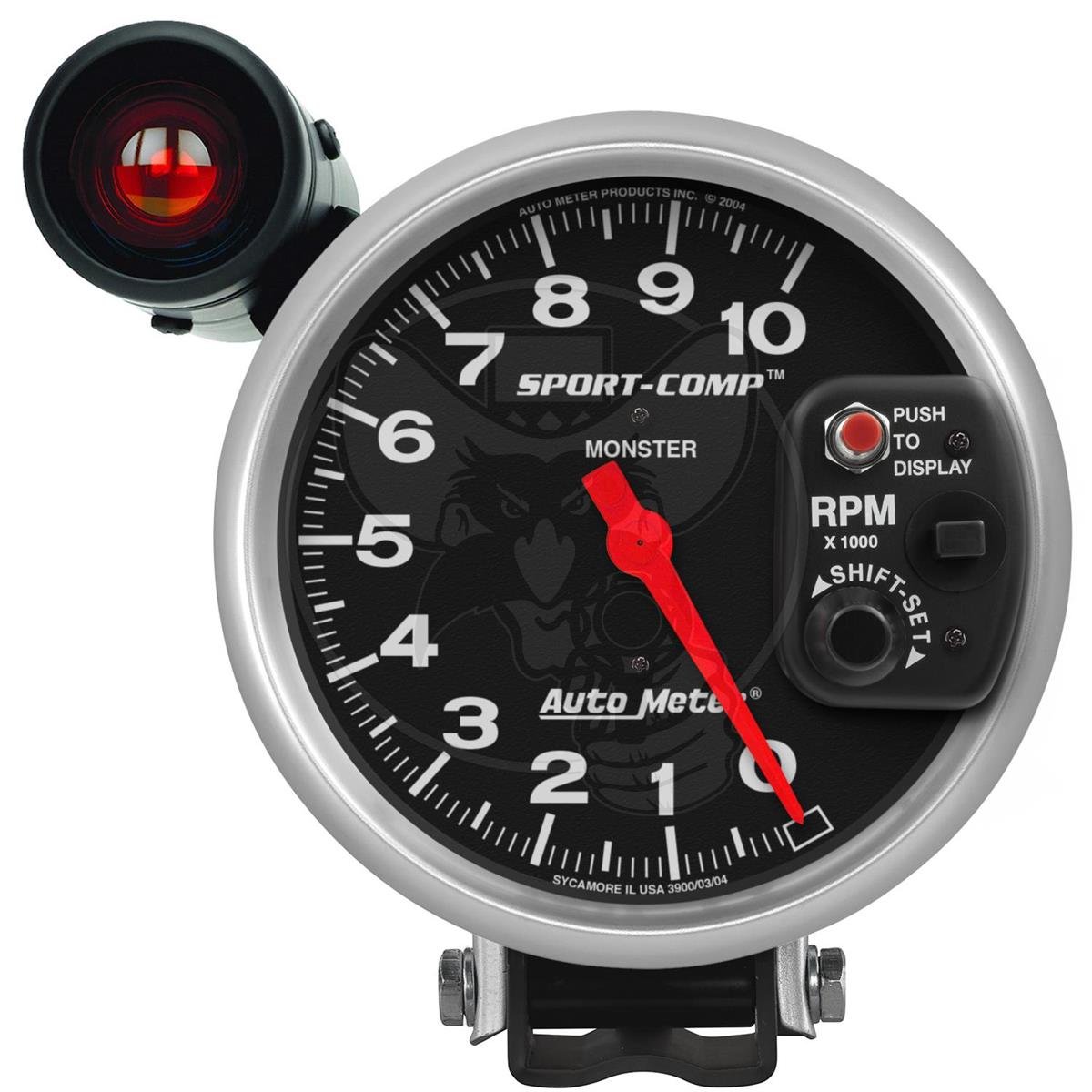How a Tachometer Assists Screen Engine Health and Performance
How a Tachometer Assists Screen Engine Health and Performance
Blog Article
Exploring the Functions and Advantages of a Tachometer: A Comprehensive Guide for Cars And Truck Enthusiasts
From offering real-time information on engine rate to helping in enhancing equipment changes, the tachometer offers as even more than just a dial on the control panel. Its complex functions not just enhance driving experience however likewise play a critical duty in preserving engine health and wellness and effectiveness.
Recognizing the Fundamentals of a Tachometer
In the realm of automobile instrumentation, comprehending the fundamentals of a tachometer is crucial for any kind of cars and truck lover seeking to look into the ins and outs of engine performance monitoring. A tachometer, frequently presented on the control panel of a vehicle, determines the engine's changes per minute (RPM) This crucial instrument offers real-time information on how fast the engine crankshaft is turning. By monitoring the RPM, chauffeurs can ensure they are operating within the ideal range to optimize efficiency and effectiveness.
Tachometers commonly have actually a range marked in changes per minute, with a redline indicating the optimum speed at which the engine can safely operate (tachometer). This information is crucial for preventing engine damages and optimizing gear moving for hands-on transmissions. Furthermore, tachometers can assist in diagnosing engine problems such as misfires or a failing ignition system by identifying irregular RPM analyses
Relevance of Keeping Track Of Engine Speed

Keeping track of engine speed is an essential facet of car maintenance and efficiency optimization for automobile lovers and experts alike. The engine rate, gauged in changes per minute (RPM), indicates how quickly the engine's crankshaft is turning. By maintaining a close eye on the RPM, drivers can ensure that the engine is running within the optimum array, preventing prospective damages from over-revving or stalling. Checking engine rate is especially important during gear changes, as it aids chauffeurs determine the correct time to alter equipments for smooth acceleration and reliable fuel usage.
In addition, tracking engine speed can also supply beneficial understandings into the overall health and wellness of the lorry. Generally, checking engine speed with a tachometer is a basic practice that can improve driving performance, extend engine life, and make certain a more secure and a lot more satisfying driving experience.
Enhancing Performance Through Equipment Shifts
Appropriate equipment shifting ensures that the engine runs within its optimum power band, allowing for smooth velocity and boosted gas economic climate. When changing equipments, it is crucial to pay attention to the engine speed showed on the tachometer.

To accomplish peak performance with gear changes, vehicle drivers ought to exercise smooth and timely changes between gears, matching engine rate with road speed to harness the complete capacity of their lorry's powertrain.
Maximizing Efficiency With a Tachometer
Understanding the art of gear shifting in high-performance automobiles not only enhances driving experience however likewise plays an essential role in taking full advantage of effectiveness with a tachometer. tachometer. By paying very close attention to the tachometer readings, drivers can optimize their gear shifts to run within the engine's most reliable range. When speeding up, changing gears at the appropriate RPM shown by the tachometer can avoid the engine from overworking or underperforming, resulting in enhanced gas efficiency and total efficiency
Additionally, a tachometer helps chauffeurs avoid unnecessary read what he said revving, which not just throws away gas but additionally puts unnecessary stress on the engine. Regularly keeping track of the tachometer while driving permits for smoother equipment changes, decreasing wear and tear on the transmission system over time.

Advanced Tips for Tachometer Use
To dig into sophisticated ideas for tachometer use, take into consideration including the usage of shift lights. Change lights are visual signs that illuminate when it's time to shift gears based on engine revolutions per min (RPM), allowing for smooth equipment adjustments without frequently keeping an eye on the tachometer. By fine-tuning shift factors and establishing alerting thresholds, chauffeurs can optimize acceleration and engine efficiency while decreasing the danger of over-revving.
Conclusion
To conclude, the tachometer serves as a critical tool for automobile enthusiasts to keep an eye on engine speed, boost efficiency with gear shifts, and maximize performance. By recognizing the functions and benefits of a tachometer, vehicle drivers can maximize their driving experience and lengthen the life expectancy of their car. Making use of sophisticated tips for tachometer utilization can better boost driving abilities and general performance on the road.
Report this page